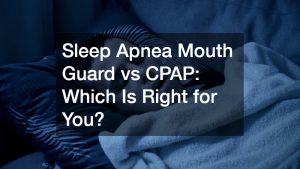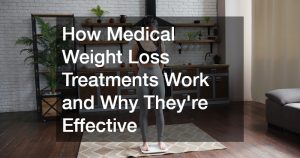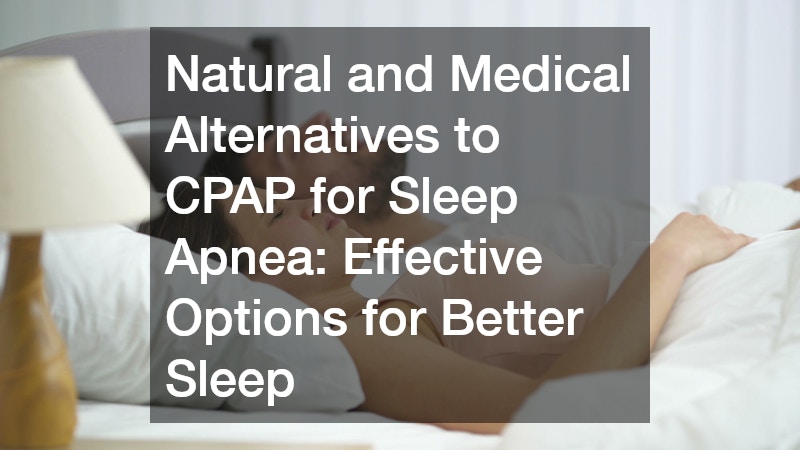
Sleep apnea is a common sleep disorder that disrupts breathing during rest, often leading to fatigue, cardiovascular strain, and reduced overall well-being. Although CPAP (Continuous Positive Airway Pressure) therapy is a widely prescribed treatment, not everyone finds it easy to use or comfortable over the long term. Thankfully, there are several well-supported natural and medical alternatives available that can help individuals manage their condition and improve sleep quality without relying solely on a CPAP machine.
In this guide, we explore tailored options that can improve your breathing and sleep without relying solely on CPAP.
What is Sleep Apnea—and Why Look Beyond CPAP?
Sleep apnea is a condition that disrupts your breathing while you sleep, often causing pauses (apneas) and shallow breaths (hypopneas). These interruptions can happen dozens of times per hour, leading to daytime fatigue, irritability, and long-term health risks like high blood pressure and heart disease.
Continuous Positive Airway Pressure (CPAP) is the standard treatment for both obstructive (OSA) and central sleep apnea (CSA). It works well for many, but others find masks uncomfortable, noisy, or claustrophobic. That’s where alternative approaches come in—offering equally important benefits, especially when personalized to your needs.
Lifestyle Changes That Support Better Breathing
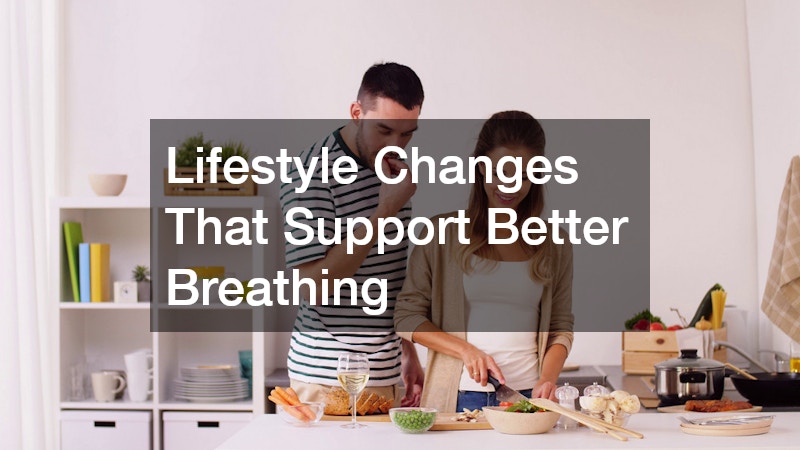
Before exploring devices or surgery, lifestyle changes can significantly reduce sleep apnea severity, particularly in cases of mild to moderate OSA. Medical and research sources consistently recommend weight loss, positional therapy, airway muscle training, and habits like avoiding alcohol and tobacco. These approaches not only ease symptoms but also improve overall health, often preventing the need for more invasive interventions. For example, losing even 10% of your body weight reduces pressure on your neck and upper airway.
Similarly, side-sleeping prevents the tongue and soft tissues from collapsing backward, while oropharyngeal exercises strengthen the muscles that keep your airway open. Let’s explore how to implement these changes effectively.
1. Weight Management & Healthy Living
- Eat a balanced diet: Your best options include lean protein, whole foods, fruits, and vegetables. Cutting processed foods can reduce throat fat that narrows your airway
- Exercise regularly: Aim for at least 30 minutes of moderate activity daily. Even without weight loss, activity boosts respiratory strength and reduces apnea frequency
- Quit smoking and limit alcohol: Both relax throat muscles and irritate airways, worsening apnea events
2. Positional Therapy: Sleep Right to Breathe Better
- Side‑sleeping: Helps reduce collapses of soft tissues. Use body pillows or tailored devices (e.g., tennis ball technique) to maintain position.
- Elevate your head: Raising your upper body by a few inches may reduce airway obstruction, particularly for back sleepers.
3. Strengthening Airway Muscles: Oropharyngeal & Tongue Exercises
Regular throat and tongue exercises, also called myofunctional therapy, can dramatically reduce apnea events:
- Push the tongue to the roof of the mouth and hold
- Slide your tongue backward and forward
- Repeat vowel sounds for facial muscle engagement
Studies show these exercises help maintain airway openness, reducing AHI scores significantly.
4. Humidifiers & Nasal Decongestion
- Use a humidifier: Moist air keeps lungs and throat from drying out, reducing congestion and irritation.
- Clear nasal passages: Try saline sprays, neti pots, or decongestants. Better airflow through the nose can support breathing and reduce apnea episodes.
Oral Appliances – The Non‑CPAP Dental Solution
Oral appliances, especially Mandibular Advancement Devices (MADs), are popular for mild to moderate OSA and for patients who can’t tolerate CPAP. These dental mouthguards subtly reposition the lower jaw forward, expanding airway space and preventing tissue collapse. Custom-made by dental sleep professionals, they are portable, quiet, and user-friendly.
Prescription versions are clinically proven, while over-the-counter (OTC) options lack consistent results. According to the American Academy of Sleep Medicine and Dental Sleep Medicine guidelines, MADs are recommended when CPAP fails or isn’t preferred. Downsides can include jaw pain, TMJ discomfort, and dental shifts over time—discuss with your provider to decide if MADs could work for you.
PAP Alternatives: BiPAP, ASV & EPAP Devices
For those who need pressure support but find CPAP too restrictive, PAP variants offer greater flexibility:
- BiPAP: Delivers different inhale and exhale pressures—more comfortable for patients with higher pressure needs or coexisting conditions like COPD.
- Auto‑CPAP: Adjusts pressure throughout the night in response to breathing events, offering a gentler, tailored experience.
- ASV (Adaptive Servo‑Ventilation): Used for CSA or complex apnea patterns, ASV customizes airflow to stabilize breathing cycles.
- Nasal EPAP (e.g., Provent): Tiny valves over the nostrils limit breath pressure during exhalation, creating resistance that supports airway openness—useful for mild to moderate OSA.
These devices strike a balance between efficacy and comfort—your sleep doctor can recommend testing.
Nerve Stimulation Devices: Inspire & Hypoglossal Therapy
If CPAP and MADs aren’t suitable, implantable nerve stimulators offer an advanced solution:
- Hypoglossal Nerve Stimulation (HNS): FDA-approved since 2014, HNS implants send electrical signals to tongue-moving muscles synchronized with breathing, preventing airway collapse.
- Inspire Therapy: A popular HNS system that detects breathing patterns via a chest sensor and stimulates tongue muscles accordingly—ideal for moderate to severe OSA patients intolerant of CPAP.
Eligibility requires a BMI under 32–35 and specific airway collapse patterns confirmed by sleep endoscopy. While invasive and costly, studies show HNS can reduce AHI by 50–70% and significantly improve sleep quality.
Surgical Interventions – When Anatomy Needs Adjustment
Structural issues in your airway may require surgical solutions. Surgery is generally considered after non-invasive options have been tried. Common procedures include:
- Uvulopalatopharyngoplasty (UPPP): Removes excess tissue in the throat—can reduce AHI by about 30%.
- Genioglossus advancement & hyoid suspension: Anchoring tongue-base muscles forward to widen the airway.
- Maxillomandibular advancement: Moves both upper and lower jaws forward—effective in severe OSA cases.
- Nasal surgery: Corrects deviated septum or nasal obstructions to improve airflow..
Multilevel surgeries often yield a ~60% reduction in apnea episodes. While surgical risks exist, when successful, they can offer long-term relief without daily devices.
Emerging & Prescription Treatments
Sleep apnea treatments continue to evolve. Recent advances include:
- Phrenic nerve stimulators: Newly designed for CSA; they stimulate the diaphragm to support breathing.
- Prescription weight-loss drugs: In 2024, tirzepatide (Zepbound) became FDA-approved to treat moderate-to-severe OSA in obese adults, improving airway obstruction by reducing body and throat fat.
- AD‑109 (aroxybutynin + atomoxetine): Promising Phase II drug targeting mild OSA by keeping airway muscles active—still in clinical trials.
As research progresses, drugs and neurostimulators may offer less burdensome options than traditional CPAP. Always consult a specialist before considering these.
How to Choose the Best Alternative—Questions You Should Ask
Selecting the right treatment depends on your individual health profile, apnea severity, and lifestyle. Consider the following:
- How severe is my OSA? Mild needs might respond well to lifestyle changes or oral devices; moderate-to-severe often require PAP, nerve stimulation, or surgery.
- Can I stick with devices? If CPAP isn’t tolerated, try BiPAP, AutopAP, MADs, or EPAP devices.
- What’s my anatomy like? ENT evaluation (and sleep endoscopy) can determine if anatomical issues require surgical or HNS intervention.
- What are my medical conditions? Conditions like COPD, CSA, or cardiovascular issues may favor specific devices (e.g., BiPAP, ASV).
- Am I willing to use medication or undergo surgery? Prescription drugs or invasive procedures come with benefits and trade-offs—discuss with your doctor.
Creating a Customized Sleep Apnea Plan
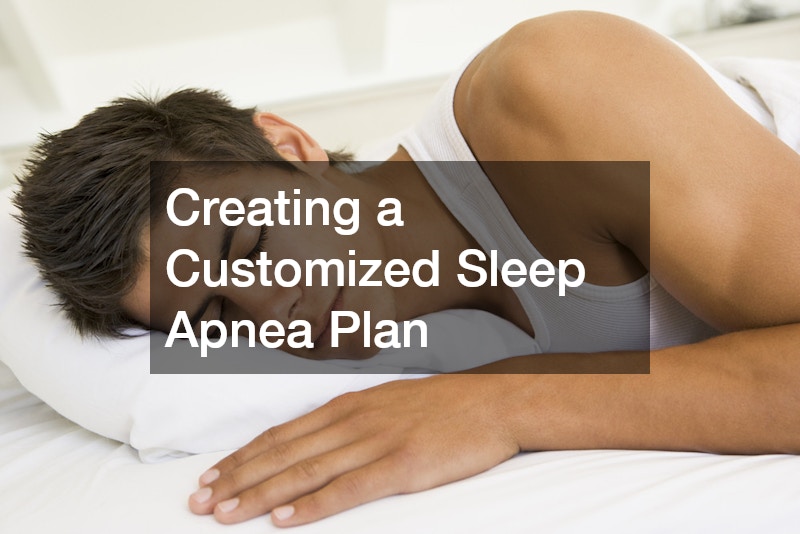
- Start with lifestyle changes: Weight management, sleep position, airway exercises, and avoiding alcohol/smoking.
- Try device-based alternatives: MADs for mild–to–moderate OSA; BiPAP/EPAP/Auto‑CPAP as tailored PAP solutions.
- Advance to implantable solutions: Inspire HNS or similar neurostimulators if devices aren’t tolerated.
- Consider surgery if anatomy is the primary issue: Especially in cases where devices or medications fail.
Work with a board‑certified sleep specialist, ENT, and dentist trained in sleep medicine to build and adjust your personalized plan.
Sleep Hygiene Tips That Support Apnea Management
Improving your sleep hygiene can enhance the effectiveness of any apnea treatment, natural or medical. Establishing a healthy bedtime routine and maintaining a sleep-friendly environment can reduce apnea triggers and improve overall rest quality. Here are simple yet powerful strategies:
- Stick to a regular sleep schedule — Go to bed and wake up at the same time daily.
- Limit screen time before bed — Phones and TVs emit blue light that can disrupt melatonin production.
- Avoid large meals late at night — Eating too close to bedtime may cause airway inflammation or acid reflux.
- Keep your bedroom cool, dark, and quiet — A calm environment supports deeper sleep and easier breathing.
- Limit caffeine and alcohol intake — Especially in the evening, as both can disrupt the sleep cycle.
How a Sleep Study Can Help You Find the Right CPAP Alternative
If you’re considering moving away from CPAP therapy, a comprehensive sleep study (polysomnography) is a crucial step. It helps identify the type and severity of your sleep apnea and rules out other conditions that might affect your breathing. A follow-up with a sleep specialist allows you to:
- Understand your Apnea-Hypopnea Index (AHI) to determine whether you’re a candidate for oral devices, positional therapy, or advanced treatments.
- Monitor your oxygen levels and heart rate variability for a better picture of how your body responds at night.
- Trial alternative devices such as AutoPAP, EPAP valves, or MADs under clinical guidance.
Conclusion: Choose What Fits Your Life—and Your Body
CPAP is a powerful treatment, but it’s not the only one. Natural lifestyle adjustments, dental devices, adaptive PAP systems, nerve stimulation, surgery, and emerging medications all provide effective pathways for managing sleep apnea. Your choice should be based on apnea severity, comfort, wellness goals, and medical advice.
By asking the right questions and exploring evidence-based options, you can improve both your sleep and overall health, without relying solely on a CPAP mask. Always revisit your treatment plan annually (or sooner) to ensure it’s meeting your needs.
